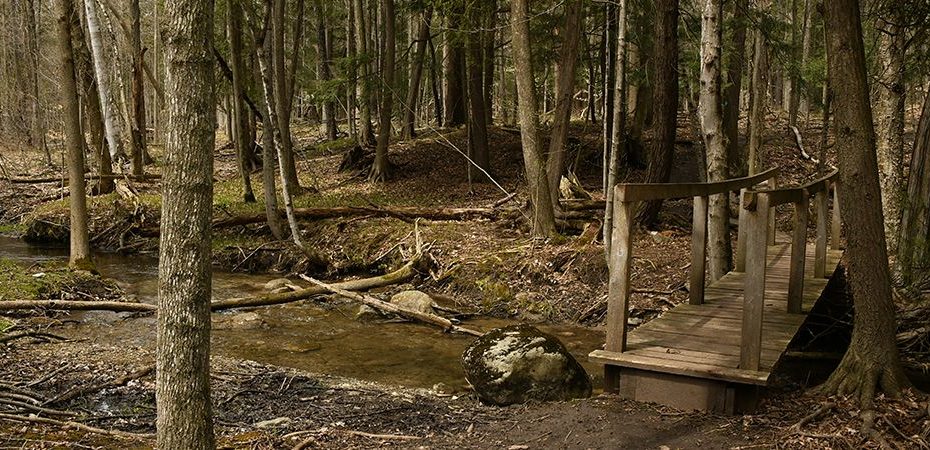Hiking helps me find tranquillity, exercise and reduce stress. I’m drawn to the allure of seeing flocks of shorebirds, turtles basking, majestic vistas and so much more. However, those who have not done much hiking may not know where to start. Here are tips to help those seeking to get closer to nature and plan great hikes.
Pick a purpose
Why do you want to go for a hike? Determining your main goals will inform many subsequent decisions. Whether it is to relax, connect with nature, see wildlife, become fit or take photos, spending time in nature is proven to improve mental and physical health.
Choose a location
Determine where you would like to hike based on how much time you have available, your group’s level of fitness, recommendations from friends and where best fits your purpose. You could choose from a plethora of options including a nature reserve, conservation area, provincial park, ravine or urban park. The Ontario Trails Council website allows you to search for trails by name, location, region or activity. We listed some great options in our best hiking trails in Ontario blog or top 15 hikes for kids magazine article.
Willoughby Nature Reserve © Noah Cole
Plan what to bring
You should always be prepared while on the trail. Bring water, snacks, sunblock, a first aid kit, a fully charged phone, sturdy hiking shoes, binoculars, a camera or journal to record memories or creative moments and, perhaps, a map and a compass. You may also want to bring a guidebook (see tip 8). Before you leave, check the weather forecast and pack rain gear and extra layers as necessary. If your pets are part of your plan, first determine whether they are allowed on site.
Plan your route
Familiarize your group with trail paths at the trailhead so that you won’t get lost. If the trail has multiple branches, ensure you know how to get back to the start. Know your limitations and choose a comfortable distance. Smartphone apps like RunKeeper, Map My Run and Google Maps help track your journey and location. Ensure everyone in your group knows the route.
Be an ethical visitor
It’s important to be mindful of the impact of your visit. Remember to stay on trails, not to trample vegetation and not to stress wildlife. If you are photographing wildlife, quietly do so from a reasonable distance to avoid disturbing animals. Wildlife needs to feed and shelter in the habitat that you are visiting.
Malcolm Bluff Shores Nature Reserve © Noah Cole
Leave only footprints
Respect the places you visit. Do not harm or stress wildlife, trespass or litter. Always stay on sanctioned trails, remove litter, keep your dog on a leash and, of course, have fun.
Be safe
Familiarize your group with property or trail rules and posted messages, take tick and poison ivy precautions and be bear aware. Always check for ticks when you get home. For longer or remote hikes, share your plan with someone at home so they know where you are and when you’re expected back. If you take basic precautions, hiking is a safe and enjoyable pastime.
Prevent the spread of invasive species
Invasive species can have ruinous impacts on wild spaces. Thankfully, fast-spreading species like phragmites, dog-strangling vine or earthworms can be prevented. Clean the treads of your footwear before going into natural areas and follow other basic precautions.
Great egret, Lorraine Brown Boardwalk © Noah Cole
Learn about local wildlife
You may wish to familiarize yourself with local plants and animals with the help of guidebooks, online identification resources such as Ontario Nature’s Reptile and Amphibian Field Guide, or community science apps such as iNaturalist.
Advocate for nature
Share your hike experience with others through writing, photos or social media posts. Advocating for natural areas through letters or Action Alerts supports the conservation work of trail associations and conservation groups.
Did we miss anything? Please let us know in the comments.
Resources
The post Unlock the Secrets of Ontario’s Trails: 10 Hiking Tips for Nature Enthusiasts appeared first on Ontario Nature.
